Come with us into the home of Kaitlin, jewelry designer and owner of Kait Noelle Custom Fine Jewelry, where photographer Jennifer Beachy put her skills to work taking product photos for Kaitlin’s Etsy store. In this video, Jennifer discusses her experiences with natural light before showing how and why she uses LED lights to photograph jewelry instead.
The Unpredictable Nature of Natural Light
Natural light can be beautiful, but it’s notoriously unpredictable, in both quality and color and particularly when you need consistent results. Jennifer shares, “Depending on the time of year, it can be blue, or it can be warm, just depending on the time of day. You could be in the middle of a session and all of a sudden, there goes a cloud right across your scene and then you just have to wait.”
Pros of Natural Light Photography:
- Window light can be soft, enhancing the natural allure of objects
- It doesn’t cost anything and requires no special equipment
Cons of Natural Light Photography:
- Unpredictable and variable, which complicates photography
- Usable only during specific times and under certain conditions
- Demands flexibility in scheduling to make the most of good lighting
The Precision and Flexibility of LED Lighting
When precision and consistency are key to a successful shoot, LED constant lighting is a must. Jennifer utilizes the Westcott U60-B LED lights, which are perfect for capturing the intricate details and true colors of jewelry.
Features of Westcott U60-B LED Lights:
- Size and Portability: Compact and lightweight, ideal for use in both studio and home settings.
- Adjustability: The bi-color feature allows photographers to adjust the color temperature to match ambient lighting or achieve desired effects.
- Versatility: Offers the ability to switch between hard and soft light using diffusers, accommodating various photographic styles.
During the shoot, Jennifer demonstrates how these lights provide precise control over the lighting conditions, ease of setup, and consistent photo quality—key for showcasing products online effectively.
Jewelry Photograph
Jennifer conducts two main photoshoots in the jewelry designer’s home, comparing the effects of natural lighting and LED lights on an engagement ring and a pendant.
Engagement Ring Photography
- Natural Light: Yields a softer image with less detail visibility.
- LED Light: Enhances detail sharpness and distinctively separates the ring from the background. You can see that the ring photo is sharper and clearer, allowing you to see all the facets and more of the setting. This is very important for online retailers, like Etsy, where the customer needs to see as many details as possible.
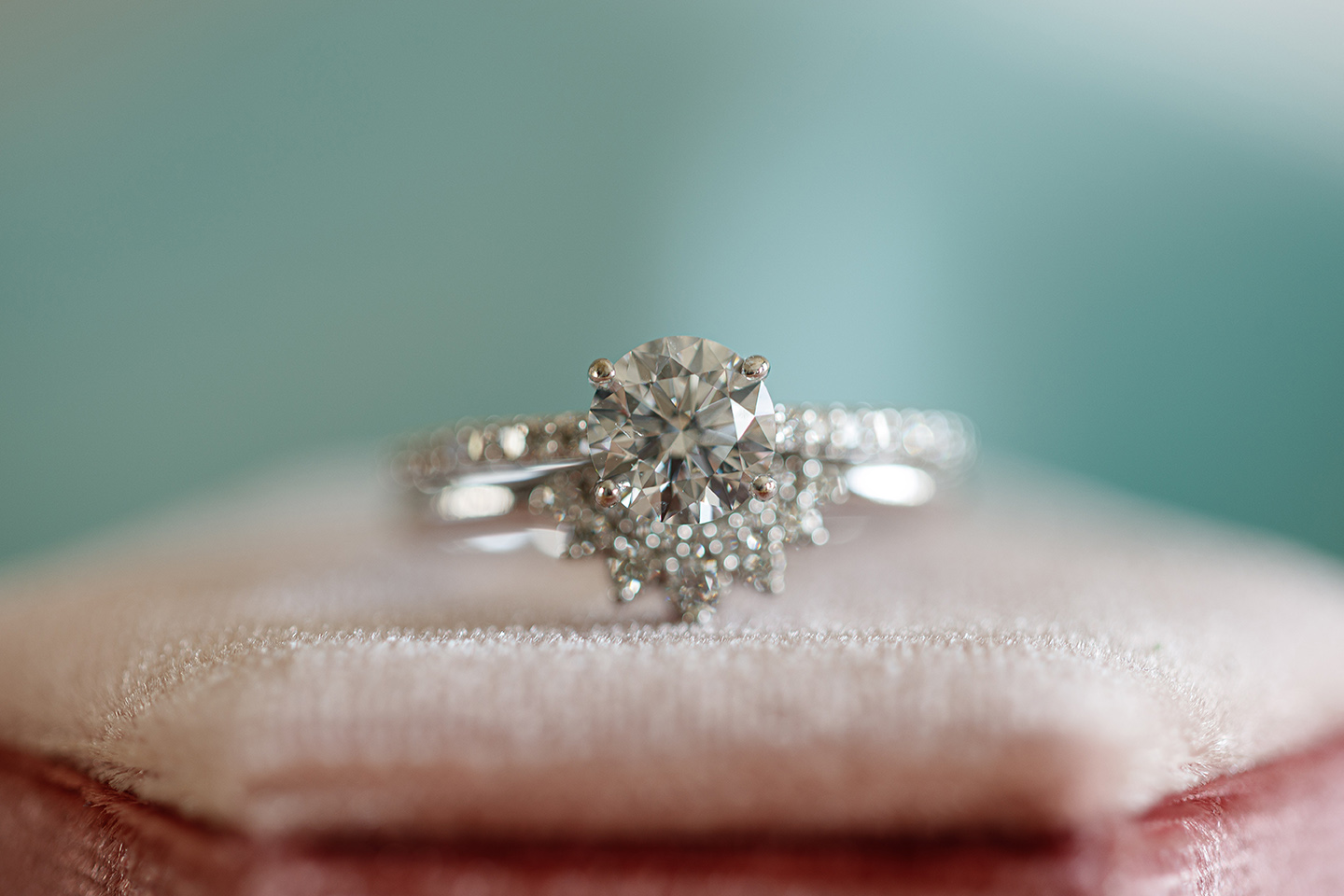
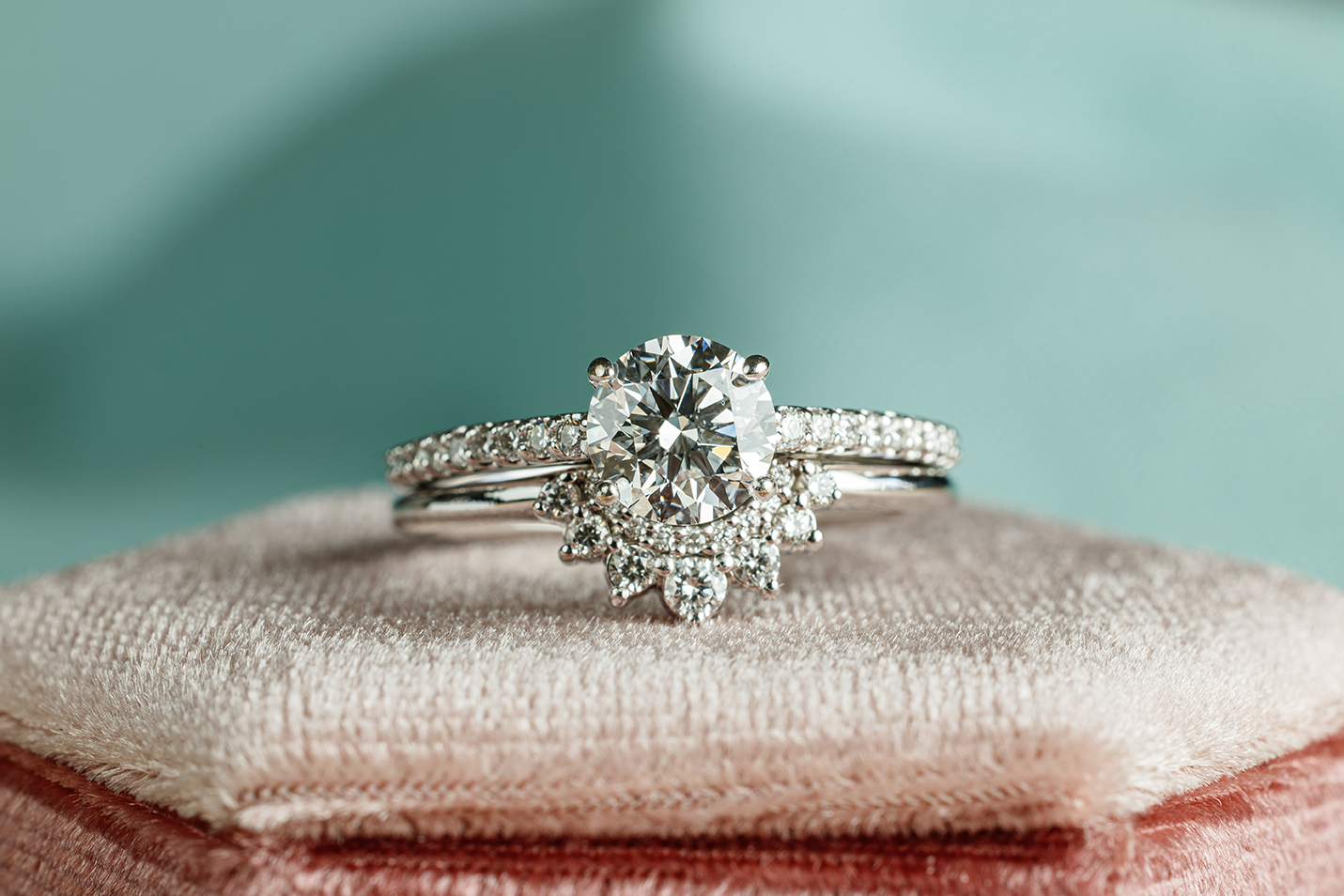
Pendant Photography
- Natural Light: Produces a softer image where the diamonds’ sparkle is muted.
- LED Setup: Uses back lighting and diffusion to create a dramatic and lively appearance. By using the bi-color capabilities of the U60-B, Jennifer can create a warm atmosphere to the photo.
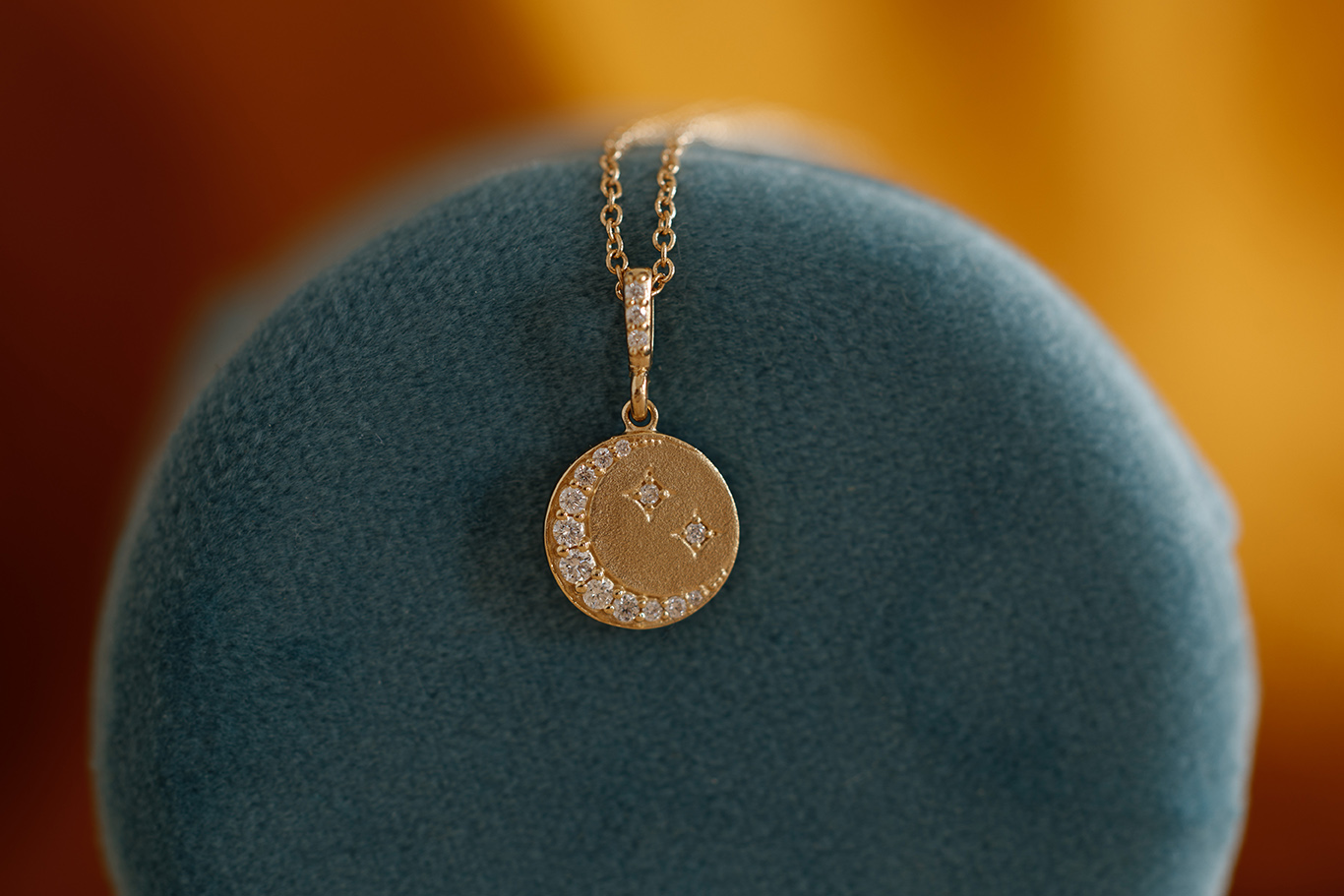
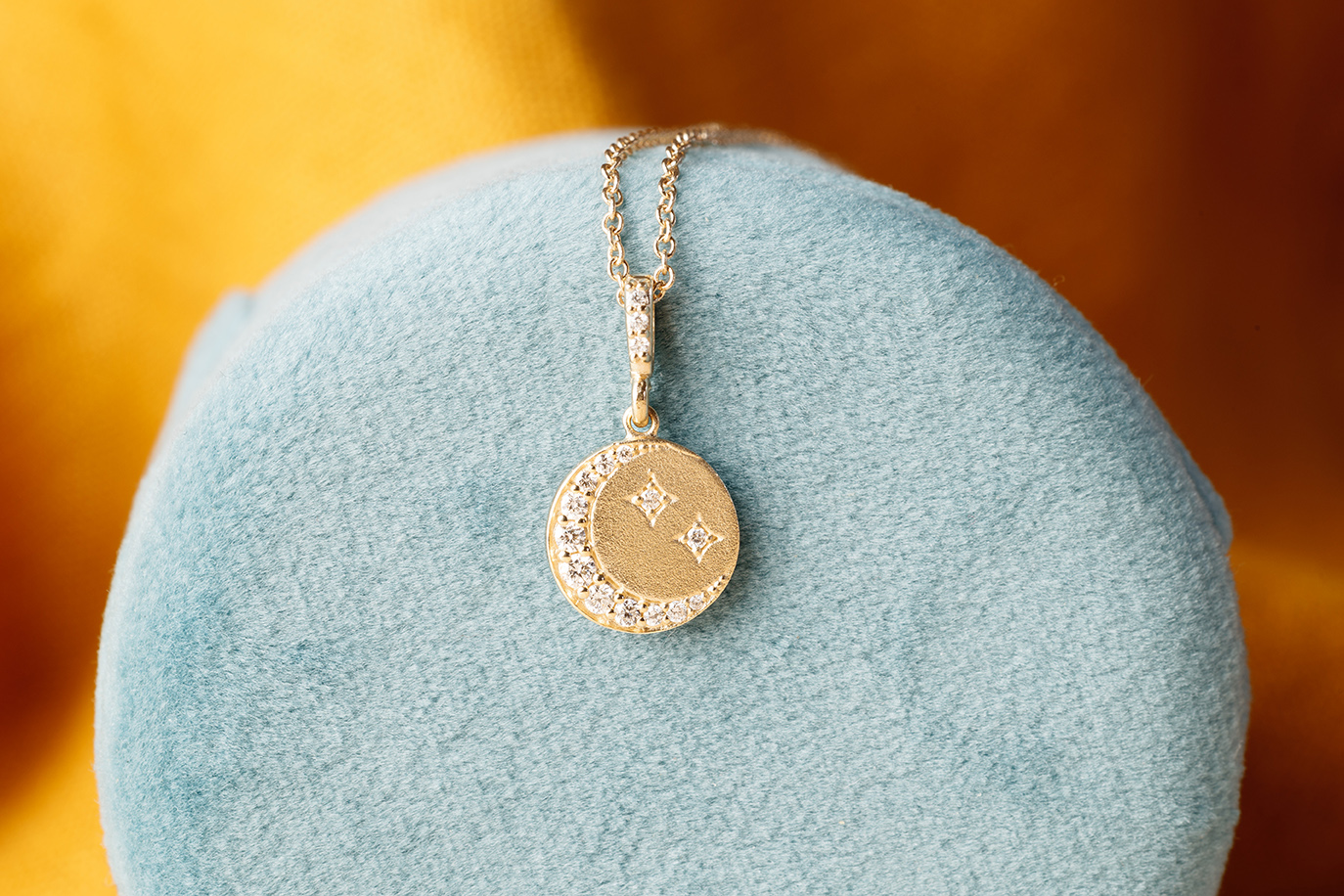
These examples effectively demonstrate how LED lights can overcome the limitations of natural light, offering more control over the photographic results.
Embracing LEDs for Jewelry Photography
Jennifer’s exploration and comparison of LED versus natural light in jewelry photography emphasize a crucial lesson for photographers: mastering LED lighting can significantly uplift the quality of your photos.
Through real-life examples and direct application in a home studio environment, it’s evident that LED lights not only enhance the visual appeal of jewelry but also simplify achieving professional, consistent results. LED lights like the U60-B allow photographers and makers to get consistent and quality results without being tied to the restraints of natural light.
For photographers looking to advance their skills and ensure every shot captures the beauty and detail of their subjects, integrating LED lighting into your workflow is a strategic and effective approach.
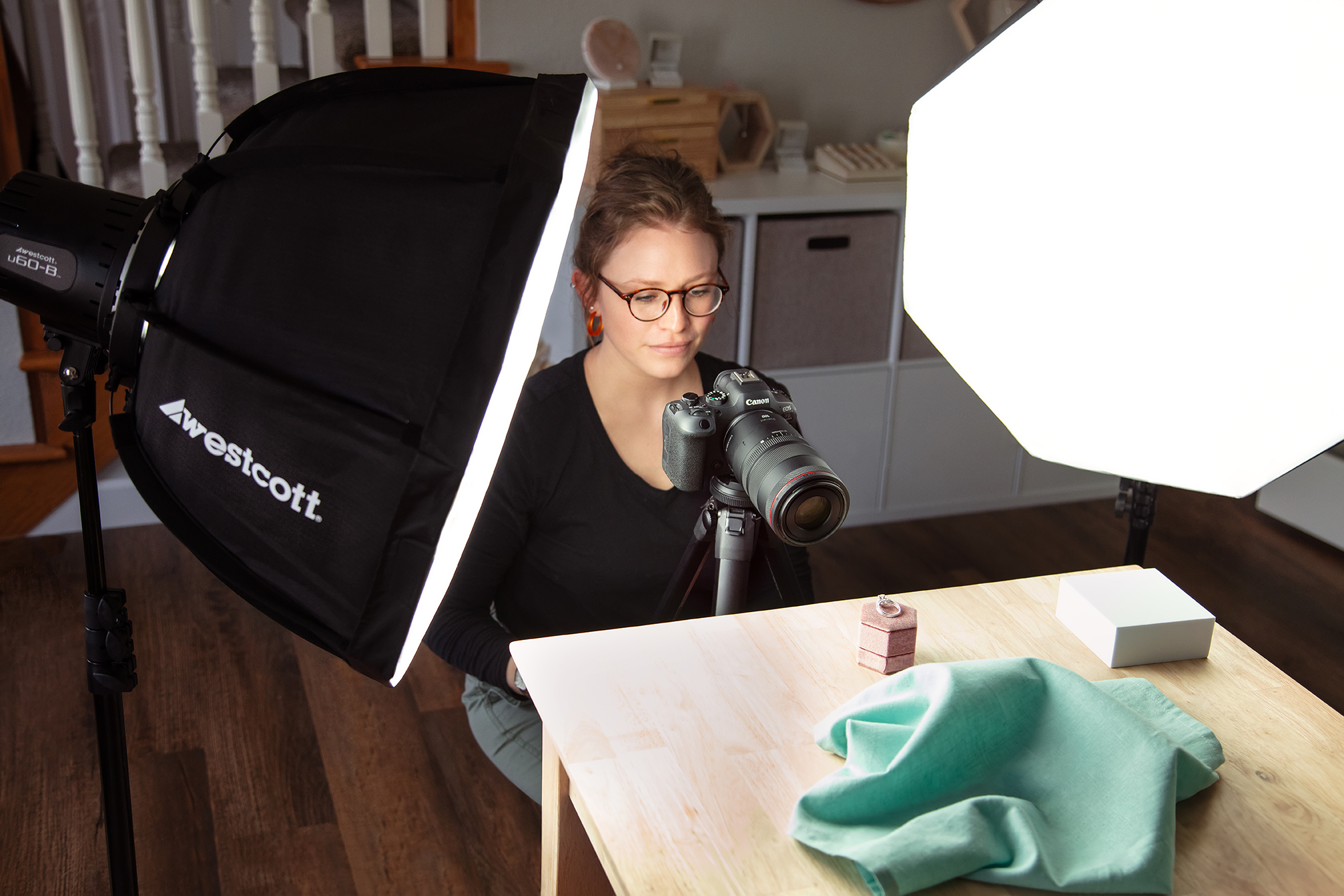
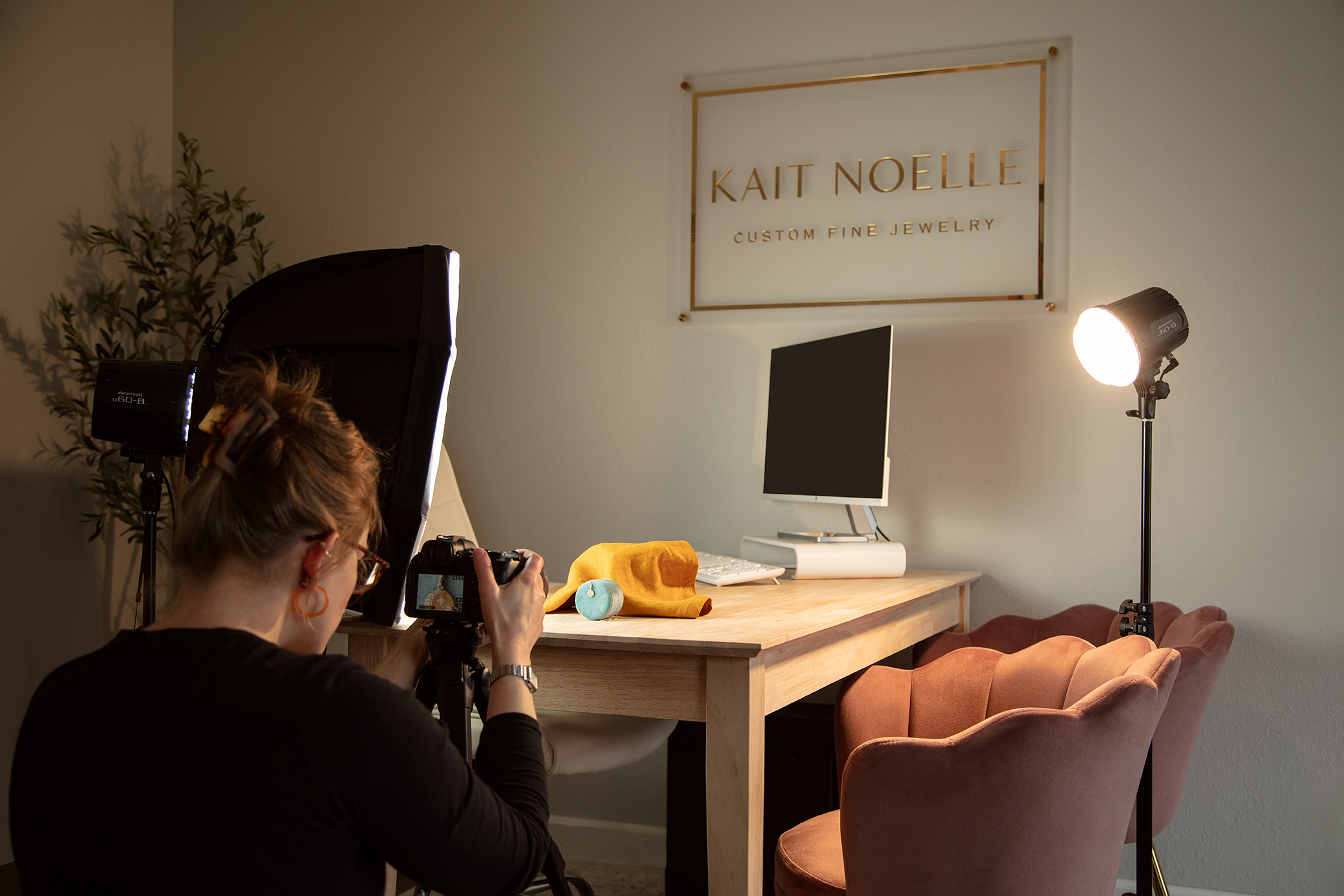



You must be logged in to post a comment.